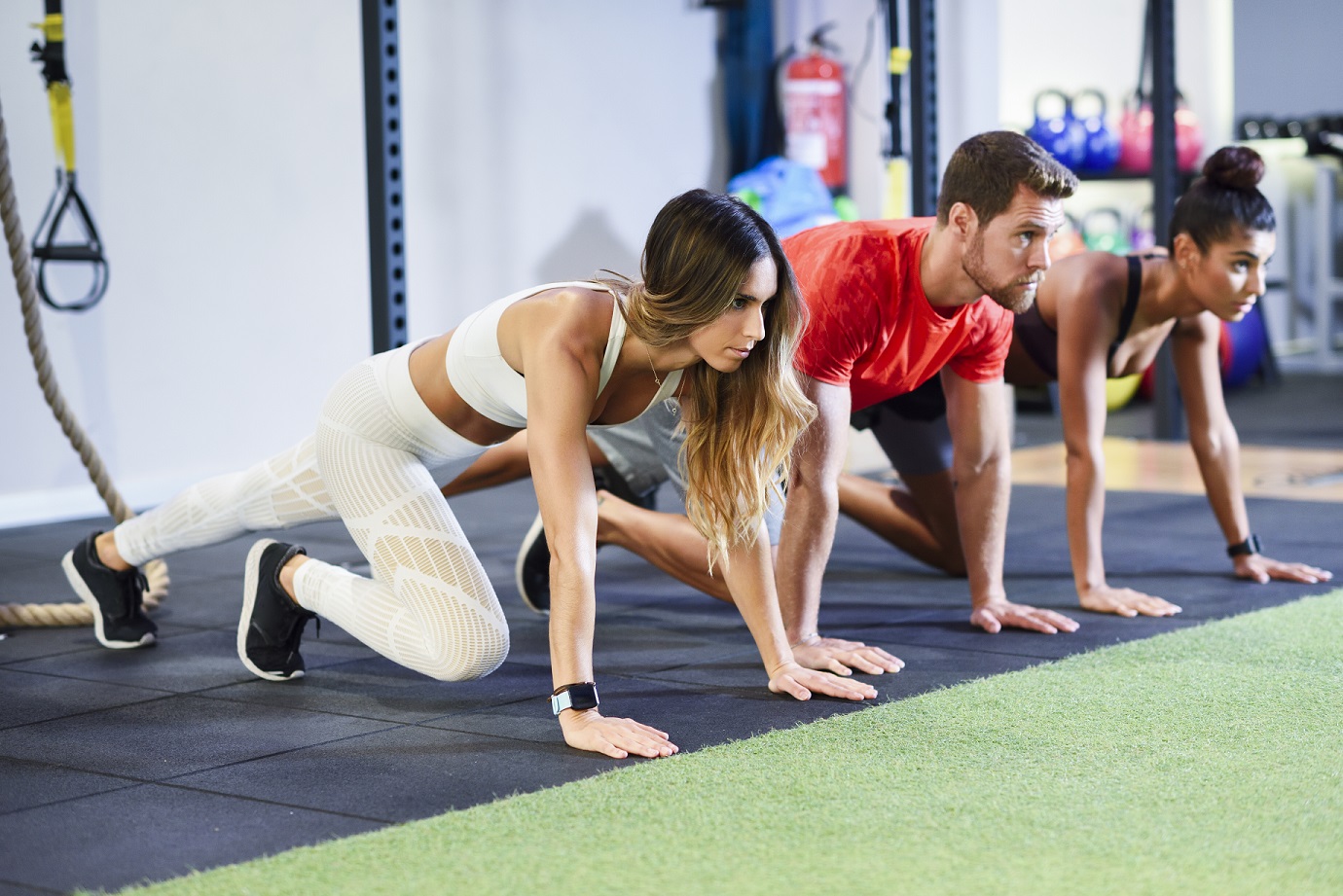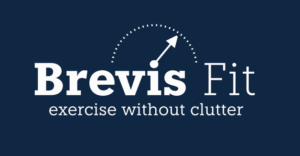Introduction
Each physical activity has a technical side. This technical side is called the form. The form defines rules and guidelines for reaching the goals of the specific activity. In Exercise, the goal is to fatigue muscles and evoke positive muscular adaptations. Thus, the Exercise form provides rules and guidelines to fatigue muscles. If we follow these rules, we will fatigue muscles as efficiently as possible.
Yet, if we include opposing ideas and principles from other sports, such as weight lifting, CrossFit, and so on, the efficacy of the whole process changes. In that case, our physical activity also stops being Exercise.
The importance of correct Exercise
As stated before, exercise form defines rules and guidelines to fatigue our muscles. When we focus on muscular fatigue, the following happens:
- the time required to reach exhaustion is shorter,
- the exercise stimulus is more potent,
- the amount of joint aggravation is reduced and
- the chances of injuries are decreased.
Thus, the correct Exercise form improves the efficiency and safety of our Exercise program. With increased efficiency, we need less work to generate the same results. With increased safety, we can sustain our Exercise program as we age. These two aspects are vital if we want to meet and maintain our health and longevity for the rest of our lives [1].
Three core aspects of Exercise form
Exercise form is defined inside the scope of a movement pattern. It means that the form applies to the movement we are performing. But, some activities are suitable for Exercise and others are not. For that reason, the first procedure is to identify the correct movement patterns. Movement patterns can be divided into two categories:
- single-joint and
- multi-joint.
The rotation occurs only around one joint with single-joint workouts, such as bicep curls. Conversely, multi-joint exercises are movements where the process occurs at multiple joints. For instance, a pushup. Both types of movements are valid for use in Exercise. However, selecting the proper movement for a particular muscle group is challenging. It requires good knowledge of human anatomy [2].
After selecting the correct movements, we need to define how we perform them. And this is where exercise form comes into play.
Dynamic and static exercise
Before going into specific parts of exercise form, there is an essential distinction on the nature of motions. We know of two primary divisions:
- static and
- dynamic.
The difference between static and dynamic exercises is in the presence of motion. In dynamic exercise, we produce movements through rotations in our joints. In static exercise, however, there is no movement. We either hold a position or can not continue the movement any further.
Static exercise is the purest and most accessible form of Exercise
As mentioned above, in static exercises, we have no movement because we are trying to:
- resist the lowering of the object or
- overcome an immovable object.
Resisting the lowering of the object is called yielding isometrics. Overcoming an immovable object, on the other hand, is called overcoming isometrics.
Both types of exercise activities in various ways but reach the same result: muscular fatigue. In actuality, the key distinction is that we need some resistance that we can hold for a long enough time to give isometrics. For overcoming isometrics, we need a configuration or object from which we can not move. Resistance tools or weights are not necessarily required. For yielding isometrics, however, we need to provide a adequate challenge in form of additional resistance. Similar to dynamic exercise.
Static exercise gives the purest and simplest form of fatiguing our muscles. From the perspective of tools, we can already start with a set of solid towels. However, the biggest drawback is the lack of performance monitoring [3].
Dynamic exercise is influenced by speed, range of motion, and overload tool
For dynamic exercise, movement happens in two directions:
- positive or the lifting part and
- negative or the lowering part.
Different mechanisms are involved in both parts. Some protocols stress one or the other part. These are the negative accentuated, slow positives. Some protocols even focus on only one part, such as the negative only training, where we only lower the resistance.
To explain the principles of Exercise form, we will focus on dynamic exercise in this post. A separate blog post focusing on static Exercise will follow in the future.
In dynamic Exercise, form entails three significant components:
- speed of movement,
- range of motion and
- overload tool.
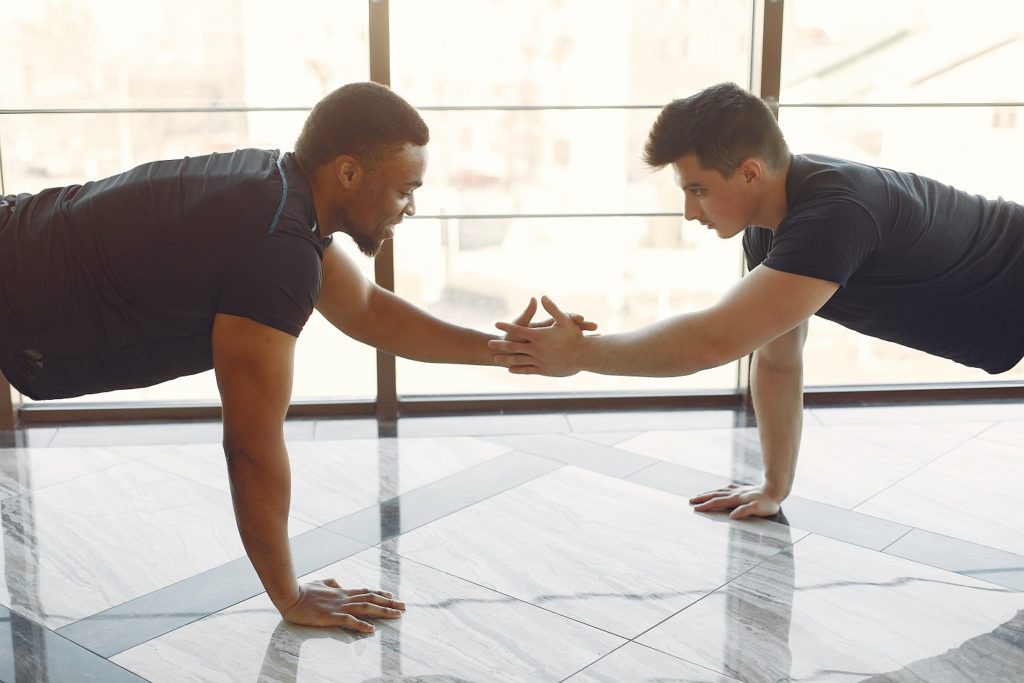
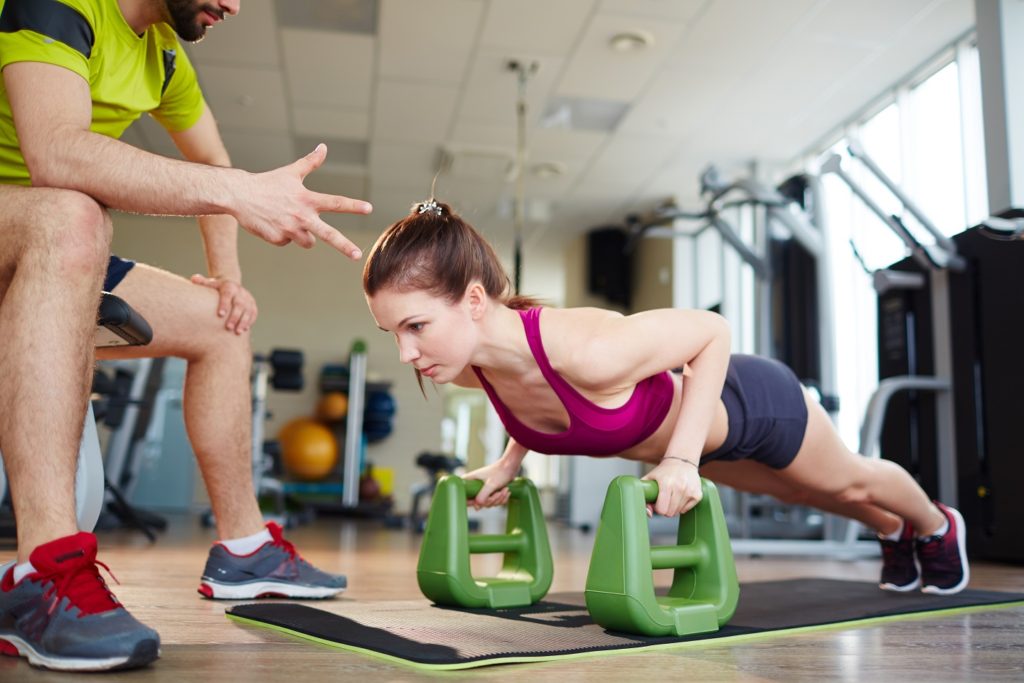
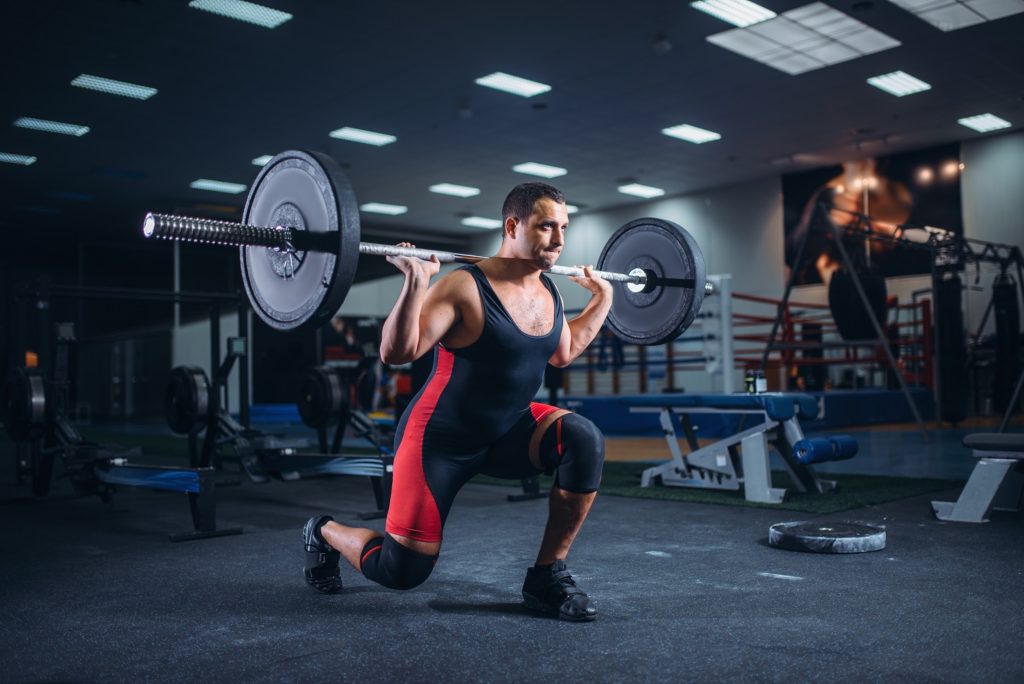
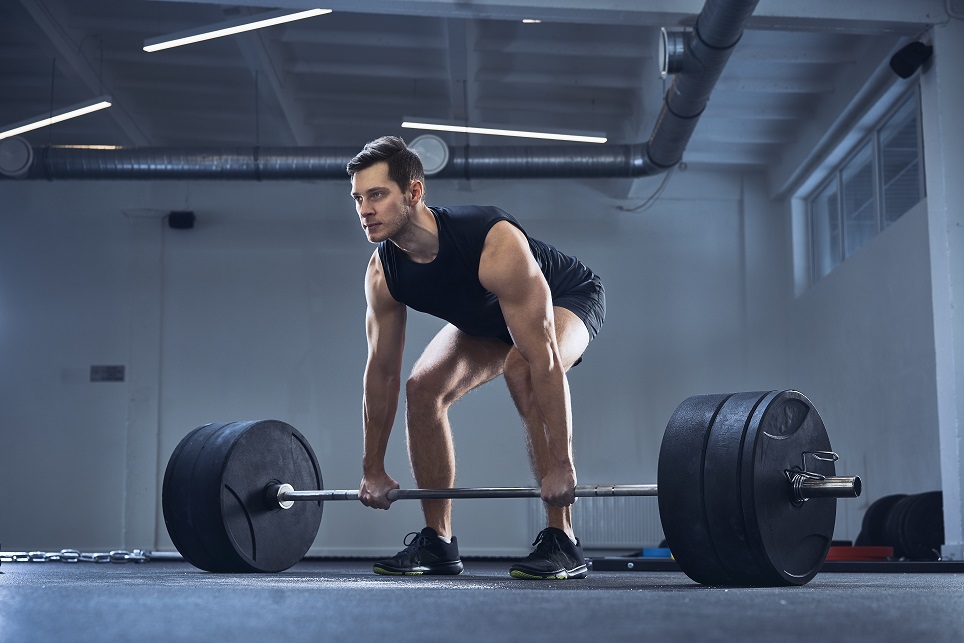
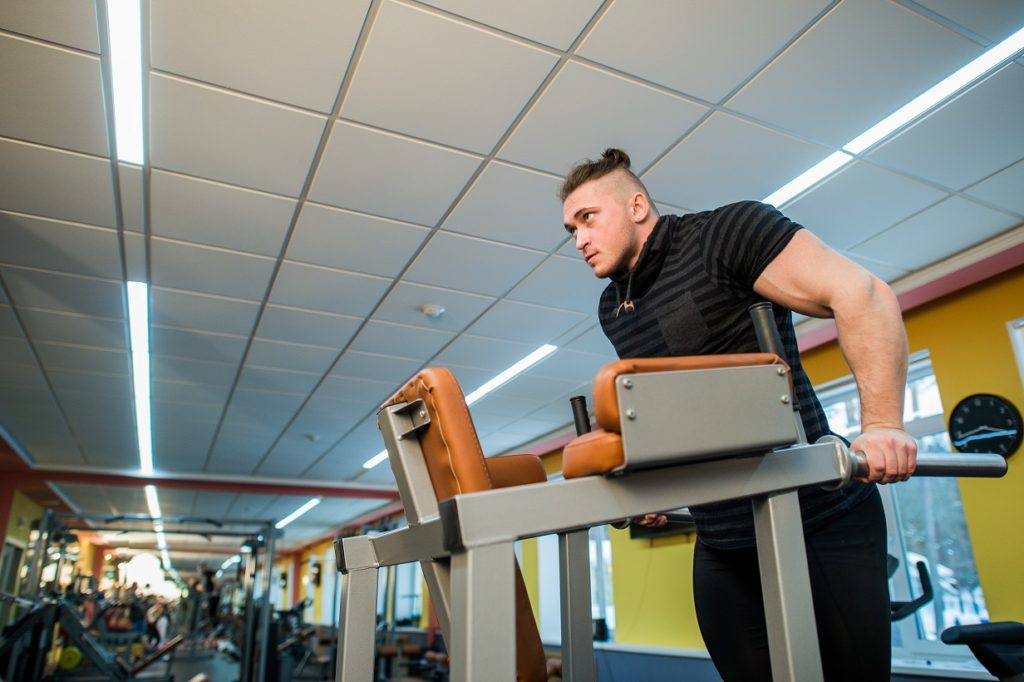
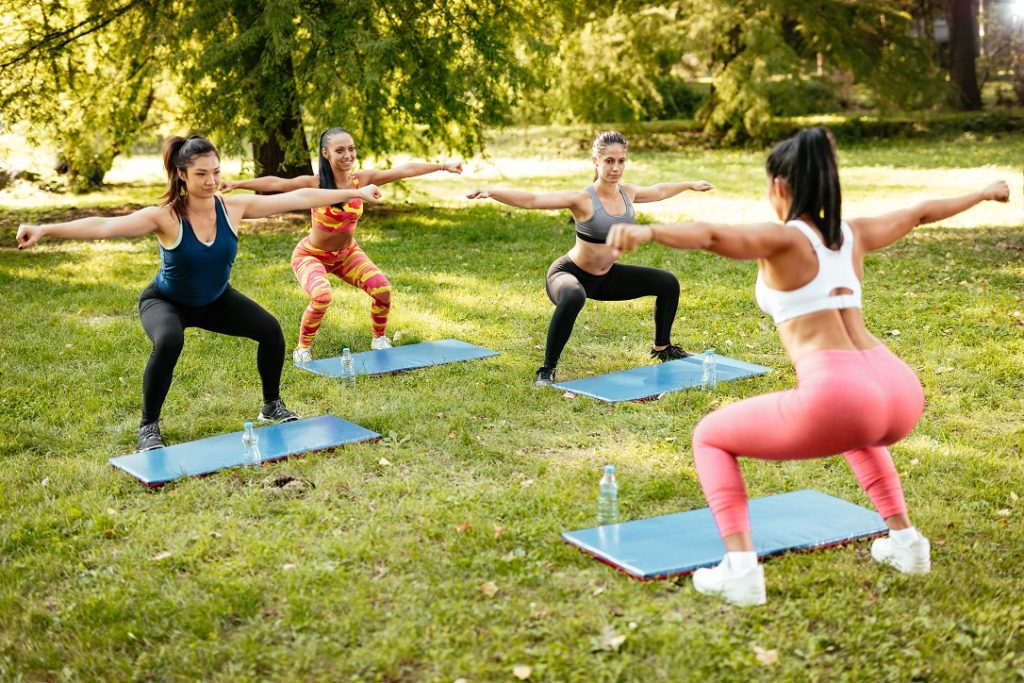

Speed of movement
The heavier the resistance, the slower the movement
With speed, there is always confusion on what kind of effect it has on our muscles. In that regard, there is a known physiological phenomenon called the force-velocity curve. This curve describes the relationship between the resistance used and movement speed. In principle, the relationship is of a linear shape, as shown in the picture below. The higher the resistance lifted, the lower the speed of movement. And this makes sense. The heavier the object is, the slower the speed we can move it.
When you are stronger, you are faster as well
However, some resources would tell us that we need to Exercise at a speed at which we perform our tasks. This is, however, incorrect. Speed of movement is only a result of the difference between the required force to move the object and imposed force on the object. If we get stronger (by lifting heavy and slow), we will push the same resistance at a higher speed.
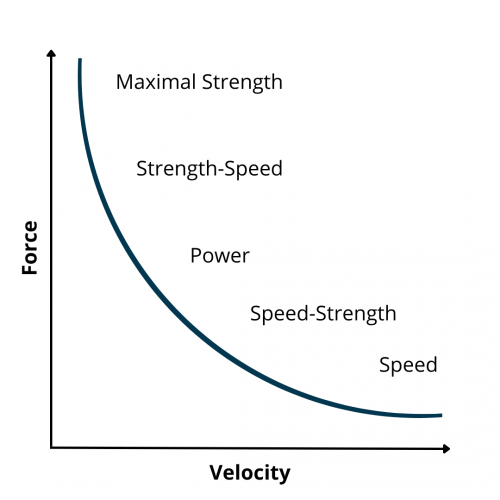
When we reach failure, our speed is equal to zero
To reach a sufficient level of muscular fatigue, we need to seek the point of momentary muscular failure. However, this point should be reached inside an interval between 30 – 120 seconds [1].
By this restriction, it is already known from the onset, that a certain level of resistance is required and that our speed of movement will be limited. Additionally, the term heavy is relative to your momentary strength level. The more we fatigue, the heavier the object will feel and the slower the movement. Thus, the closer we are to the point of momentary muscular failure, the slower movement speed. Once we reach the point of momentary muscular failure, the speed of movement is equal to 0.
The slower the speed, the more force our muscles can generate
Since heavy is relative to our strength threshold, we could go faster at first and then slowly slow down as we fatigue. However, the speed of movement itself influence the force our muscles can generate internally. The slower the pace of movement, the larger the contractile force of our muscles. When we move fast, our muscles cannot produce much contractile force. Consequently, the most force is created when we are motionless, i.e., static [4].
Range of motion
An extreme range of motion is not beneficial
In dynamic exercise, we talk about the range of motion. Each activity has a particular motion as a result of joint movements. At each joint, we can rotate to a certain angle. For instance, at the bicep curl exercise, we can turn around the elbow joint for roughly 180°. In single-joint movements, the possible joint rotation defines the range of motion of the specific activity.
Our muscles are the weakest at the extreme ranges of motion
In multi-joint movements, however, muscles limit each other’s mobility through active and passive insufficiencies. In both cases, seeking the end tails of the range of possible motion is not beneficial. Namely, our muscles are weak at the extreme ranges of motion. For that reason, the stimulus generated from that position is of lower quality.
Additionally, a vulnerable muscular position leads to possible tears (overstretched muscle). As a result, forces are transferred to the weaker stabilizer muscles, ligaments, and joints[5]. In that respect, multi-joint exercises can be safer. As they prevent overstretching of each muscle involved due to active insufficiency.
The Length-tension curve
To explain the issue with weaker ranges of motion, we’ll take a look at the length-tension curve. This curve desribes the relationship between the force the muscle can produce and its current length[6]. The length-tension (LT) curve explains that the force the muscle can produce differs through its length. The smallest muscular units (sarcomeres) can namely generate more or less force, depending on their stretch.
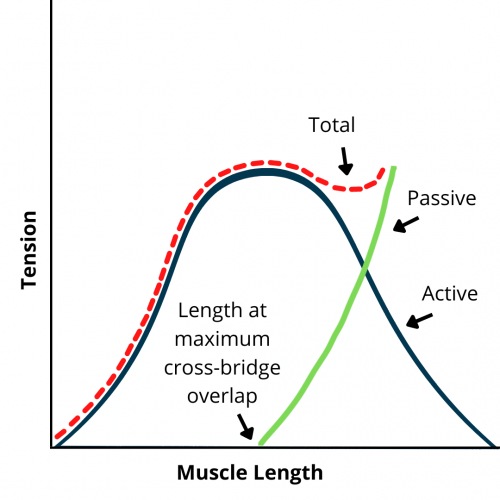
As a result, the exact resistance will feel differently throughout a dynamic exercise. It will depend on the joint angle (and related muscle length) at which we are. The LT curve also explains why extreme ranges of motion are less beneficial. The muscles are in a compromised position, and any discomfort is due to that and not due to fatigue.
Moment arms determine how much force is applied to the muscle
When we perform a dynamic exercise, the muscles’ ability to produce force changes throughout its length. As a result, adequate resistance at the beginning of the exercise may be too easy or too heavy by the end. In that respect, we also need to include the concepts of moment arms. It is one thing for a muscle to produce a specific amount of force; the other is how much force is properly applied to the muscle. We transmit the external force used through our limbs, acting as levers. For instance, a more extended forearm will put a higher force on our bicep muscles since the lever is more significant. And this lever is additionally influenced by the angle of the joint [7, Sec. Internal versus External Force]. In an ideal world, we’d match the force given to the muscles with the force our muscles can create in a given position.
Resistance tools
Resistance tools define how the force applied changes throughout the movement
In the previous two sections, we have said that throughout the dynamic exercise, forces produced and forces applied to differ, since:
- our muscles’ ability to produce force varies,
- due to the moment arm, the force applied to the muscles differs.
Finally, what kind of resistance we use also influences how much force is being applied. Using a typical resistance tool, such as a dumbbell, the force of the tool dumbbell is static. The change in force happens only through the moment arm. However, the dynamic changes if we use our body weight, an elastic band, free weights, or specific exercise equipment. For instance, using elastic bands, the force applied changes the more we are closer to the end position of the movement. When we use maschines, the load varies depending on the design. And some companies have tried to match the resistance to the muscle strength curve. That means that the counteracting force applied to our muscles goes up and down throughout the movement. In other tools mentioned before, the change in resistance is nonexistent or constant.
Resistance direction and the direction of pull need to align
Finally, the link between the direction of the pull and the force applied is also critical when selecting an overload tool. If we move in one way, say, lifting weights overhead, the resistance of the weights will push down in the opposite direction to our movement. If that is not the case, the load is not applied against the direction of the muscular pull but to some other areas, joints, and ligaments.
An example is depicted in the picture bellow. The weight of the ball is pulling towards the flor, while
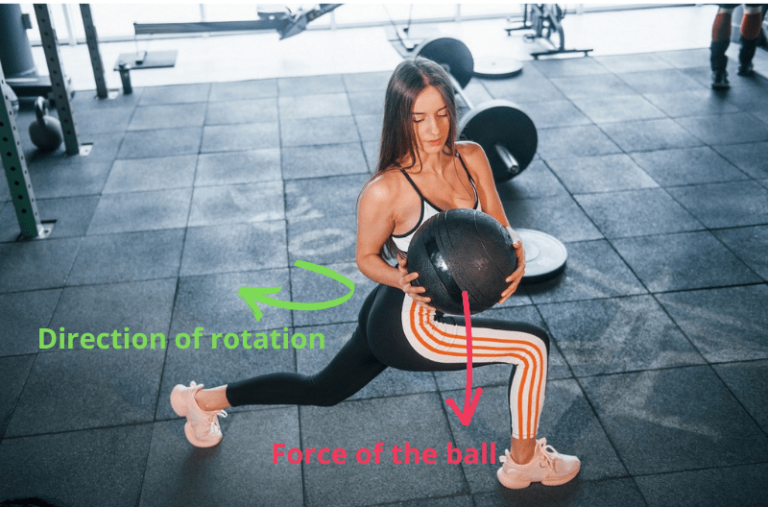
Recommendations on Exercise form
Exercise form has many aspects, rules, and variables. We could shave of some of those rules if we chose to do static exercises. While static Exercise by itself is easy to do, it lacks the ability to monitor our progress. There is equipment on the market, but these are more intended for professional use [8].
During the exercise revolution in the 70s, the switch was towards emphasizing the full range of motion. Which established dynamic exercise as the way to go. If you are doing intense exercise, there are three rules to follow:
- the movement needs to be relatively slow (4 – 10 seconds for lifting and lowering the weight)
- we need to seek muscular fatigue and reach the point of muscular failure
- avoid the tail ends of the possible range of motion
- be mindful of how the exercise tool varies the resistance.
Conclusions
In this article, we have started the conversation about the Exercise form. We have established two types of exercises: static and dynamic. While static exercise is a more pure and more straightforward method of fatiguing muscles, we have an issue monitoring our progress. So, in most cases, dynamic Exercises are used. We have defined key factors affecting the quality of our Exercise. We have noted that in dynamic exercise, slower speeds allow muscles to produce more force. A limited range of motion avoids weaker and riskier sections of the movement. Our limbs emphasize the end force applied to our muscles via moment arms. And that exercise equipment and tools drastically influence the dynamic of force overload.
